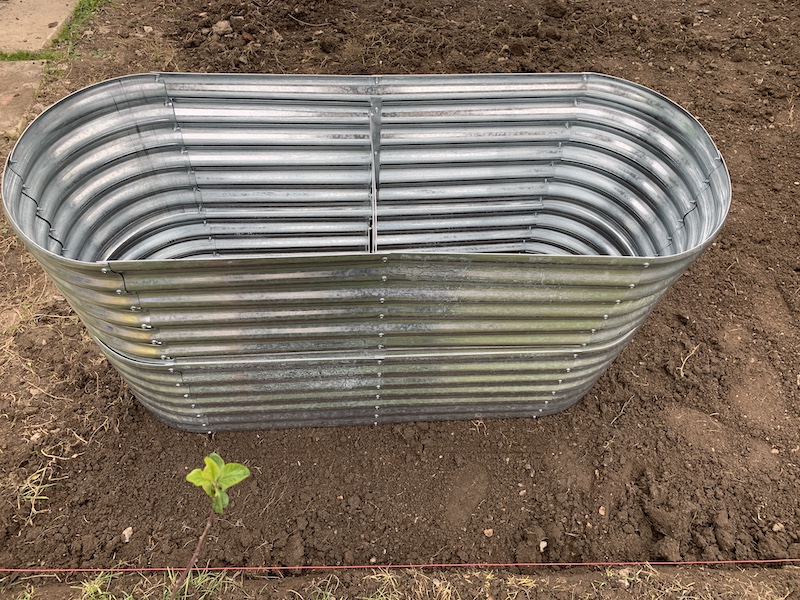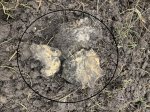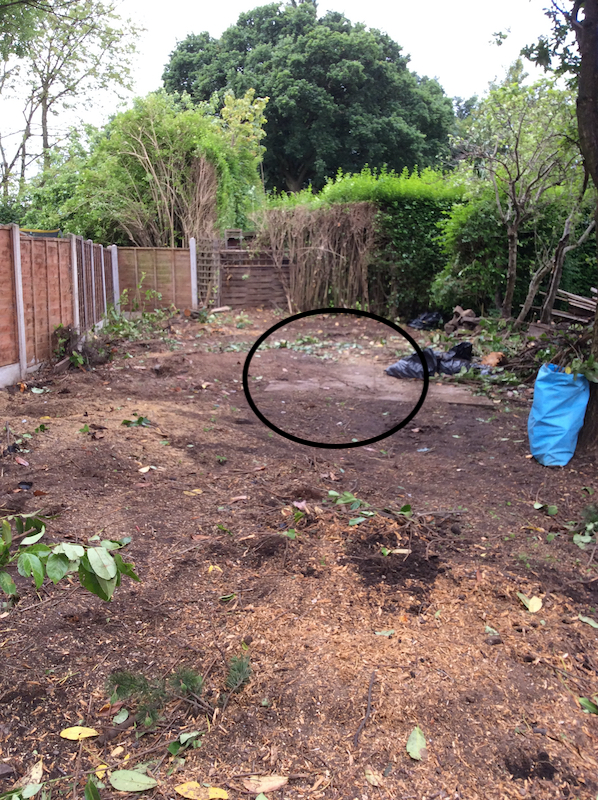Different Types of Birds
in the Garden and beyond
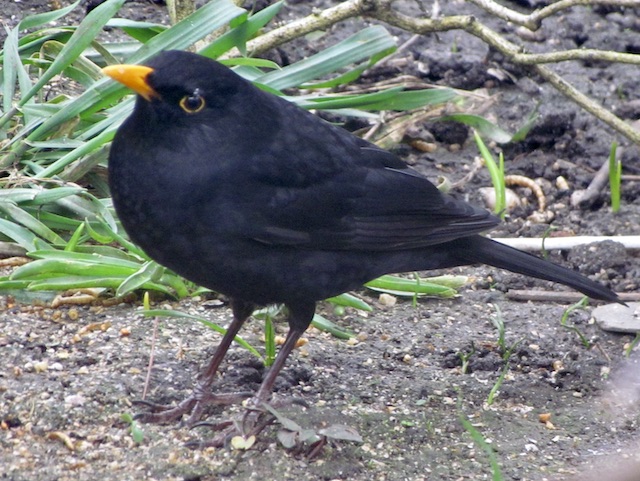
There are many types of birds that visits a garden, a park, sanctuaries, seasides and other places that are visited when you are out and about.
It is really difficult not to see any at all and many are extremely happy to live in our town and cities beside the hustle and bustle of life. Seagulls now are seen a long way from the shore and Falcons often find the top of a building to build a nest on. Usually there is a good food supply from food waste dropped onto the pavement to the many rats that are living there as well.
Gardens provide some things that birds need such as food, shelter and territory is often claimed and fought over. All this in the humble gardens of all shapes and sizes.
The Classification of Many Types of Birds
Ornithologist Francis Willughby and John Ray (who published works in Botany and zoology) developed the classification of birds in the 1600's.
Classification of the animal kingdom is very complicated with large or major divisions that separates some differences which lead onto many smaller sub divisions. There is approximately 10,000 species of birds.
Birds are classified as being member of the Kingdom of Animalia, Phylum (a major division that groups some similarities of organisms), Chordata (another major division for animals with backbones) and Class is Aves (this is a sub division where the forearms have turned into wings with flight muscles).
In short birds are warm blooded, have vertebrae, have feathers, no teeth, lay hard shelled eggs, have a lightweight but strong skeleton, a heart that has four chambers and a metabolic rate that is high.
They live all over the world and range widely in size. A type of hummingbird called the bee hummingbird is the smallest with the largest being the Ostrich.
There are those that live on water or feed off carcasses to the ones we have in our gardens.
All of these are wonderful and give us humans pleasure in watching their behaviour.
Birds that are native to Great Britain
Birds can be found everywhere and there is usually a common theme to the area that the types of birds are seen in.
Gardens - Who hasn't seen the wonderful blackbird and robin weaving in and out of the bushes and trees to pick up some food.
The wren is also very common but can be very hard to see although not hard to hear. The goldfinch, chaffinch and bullfinch may visit but they are not ones I have seen in mine.
Blue tit, coal tit and great tit compete with the sparrows for food and places to nest.
The wood pigeon is everywhere with its distinctive cooing as well as the magpie.
Starlings sweep into the gardens en masse to forage for food and as quick as a flash they all fly away. They are really a mass of different colours and the murmurations they are famous for are just breathtaking to watch and wonder how they don't knock into each other,
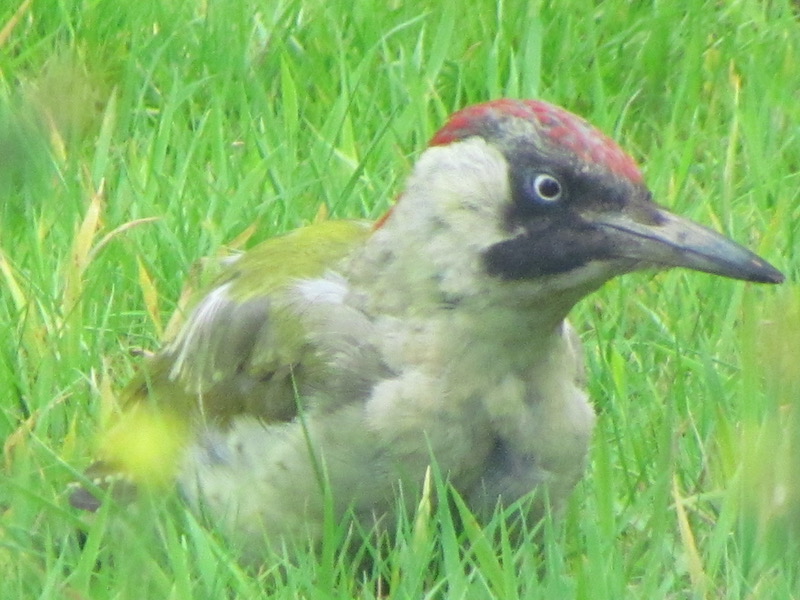
Woodland - If you live near a woodland the birds that come in your garden probably live in the woodland as well.
When walking in these lovely places you may hear the sound of a woodpecker and a green one visits my garden for a meal of ants picked out of the lawn. Another sound I hear at night is an owl.
Crows and Rooks can be found nesting high in the trees and I just love watching how they adapt their stance to try to reach mealworms in a feeder. They are very clever birds and I am sure they knew when we were about to put some feed out as they would be waiting or even calling for us to hurry up.
Near Water - Whenever walking beside some water be it a canal, river, park or small inlet there will be ducks, swans, dippers, herons, moorhens and if you are lucky a kingfisher.
In specialised areas - Some birds will not stray far from their preferred habitat. Grouse will stay in forests and bushland, partridges will prefer hedges and lowland arable areas and pheasants stay around the edges of woodlands or near agricultural land.
Sparrow hawks like dense forests but are also seen in cities. The white tailed eagle prefers the highlands of Scotland. Peregrine falcons prefer cliff edges of the sea and upland area but like the sparrow hawk they are venturing into the cities as well.
Barn owls live in the open country and on farms, whereas tawny owls live anywhere there are trees and are quite adaptable.
Some Birds that migrate to and from Great Britain
Many birds come to the UK as part of their migratory journey either to escape the harsh weather, to find food or to have their young.
Swallows - These birds travel from Britain to Africa and feed on flying insects mainly the varieties of flies which die out in the autumn.
Swifts - These have their young and also come from Africa.
Cuckoos - These have the winter in Africa and come to the UK in the spring but leave in the summer.
Birdwatching
The best way of watching the many bird species is by sitting quietly in any setting and they should start to emerge.
There are also specialised wetland areas or parks that may have hides set up to allow a closer view.
Portable camouflaged hides can be taken out and about.
Enjoy finding your different types of birds.
- Home
- Types of Birds
